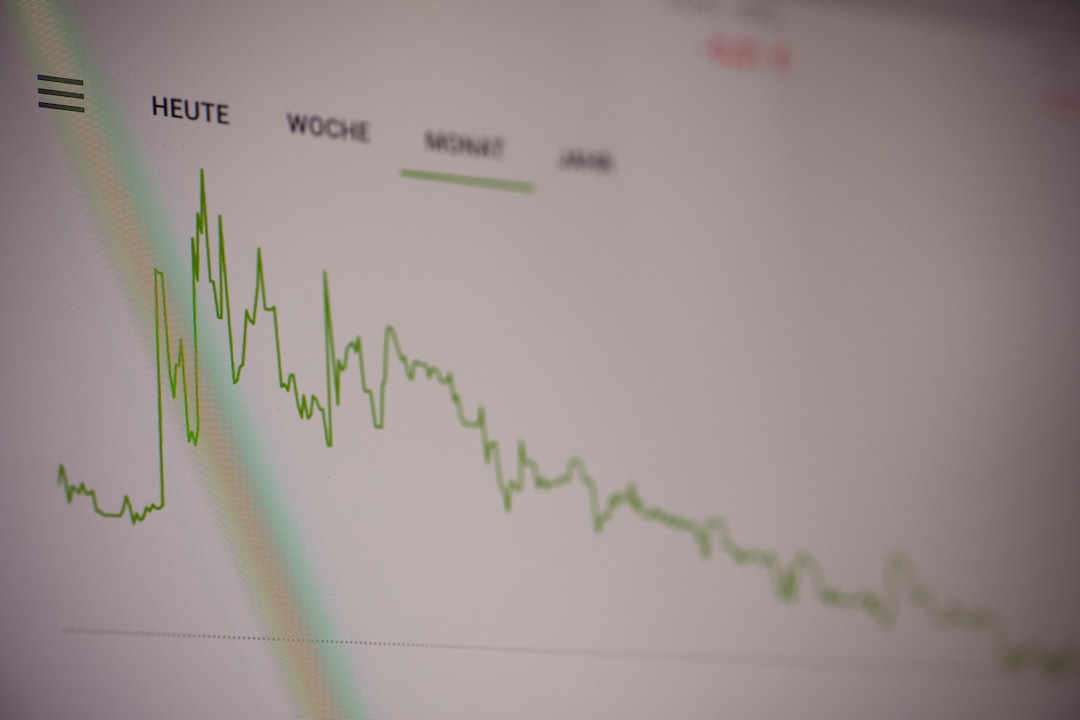In forex trading, the spread refers to the difference between the bid price (the price at which a trader can sell a currency pair) and the ask price (the price at which a trader can buy a currency pair). This difference is usually expressed in pips, which is the smallest unit of measurement in forex trading. The spread is one of the most important concepts in forex trading, as it affects the profitability of a trade and the overall cost of trading.
To understand the spread, it is important to understand the mechanics of forex trading. Forex trading involves buying and selling currency pairs, with the goal of making a profit from the fluctuations in exchange rates. For example, if a trader believes that the US dollar will strengthen against the Euro, they will buy the USD/EUR currency pair. If the exchange rate of this currency pair increases, the trader can sell the currency pair and make a profit. However, in order to enter and exit a trade, a trader must pay the spread.
The spread is determined by the liquidity of the currency pair, the volatility of the market, and the broker’s commission. Currency pairs with high trading volumes and high liquidity tend to have lower spreads, as there is more competition among traders and brokers. On the other hand, currency pairs with low trading volumes and low liquidity tend to have higher spreads, as there are fewer buyers and sellers in the market. Similarly, volatile markets can lead to wider spreads, as brokers may increase their spreads to account for the increased risk. Finally, brokers charge a commission on each trade, which is added to the spread.
The spread is usually quoted in pips, which is the smallest unit of measurement in forex trading. A pip is equal to 0.0001 of a currency unit, and represents the fourth decimal place in the exchange rate. For example, if the exchange rate of the USD/EUR currency pair is 1.1200, a one-pip spread would be 0.0001. If the spread is two pips, it would be 0.0002. The spread can vary depending on the broker and the currency pair, and can range from as low as 0.1 pips to as high as 10 pips or more.
The spread has a direct impact on the profitability of a trade. When a trader buys a currency pair, they must pay the ask price, which is higher than the bid price. Similarly, when a trader sells a currency pair, they must sell at the bid price, which is lower than the ask price. The difference between the bid and ask price is the spread, and represents the cost of the trade. For example, if a trader buys the USD/EUR currency pair at 1.1200 and the spread is two pips, they will pay 1.1202. If the exchange rate later increases to 1.1300, the trader can sell the currency pair and make a profit of 98 pips (1.1300-1.1202). However, if the spread had been higher, such as four pips, the trader would have paid 1.1204 to buy the currency pair, and would have made a profit of only 96 pips (1.1300-1.1204). This means that a wider spread can reduce the profit potential of a trade.
The spread also affects the overall cost of trading. In addition to the spread, traders must also pay the broker’s commission on each trade. This commission is usually a fixed amount or a percentage of the trade size, and is added to the spread. For example, if the spread is two pips and the commission is $5 per lot, a trader who buys one lot of the USD/EUR currency pair will pay a total of $7 (2 pips x $1 per pip + $5 commission). This means that the cost of trading can vary depending on the spread and the commission, and can have a significant impact on a trader’s profitability.
In conclusion, the spread is an important concept in forex trading, as it affects the profitability of a trade and the overall cost of trading. Traders should be aware of the spread when entering and exiting trades, and should choose a broker with competitive spreads and commissions. Understanding the spread can help traders make informed trading decisions and maximize their profits in the forex market.






